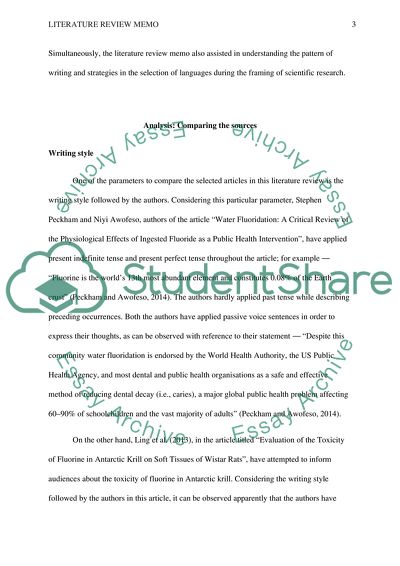Cite this document
(Physiological Effects of Ingested Fluoride as a Public Health Literature review, n.d.)
Physiological Effects of Ingested Fluoride as a Public Health Literature review. Retrieved from https://studentshare.org/chemistry/1655747-literature-review-memo-proposal-formative-assessment
Physiological Effects of Ingested Fluoride as a Public Health Literature review. Retrieved from https://studentshare.org/chemistry/1655747-literature-review-memo-proposal-formative-assessment
(Physiological Effects of Ingested Fluoride As a Public Health Literature Review)
Physiological Effects of Ingested Fluoride As a Public Health Literature Review. https://studentshare.org/chemistry/1655747-literature-review-memo-proposal-formative-assessment.
Physiological Effects of Ingested Fluoride As a Public Health Literature Review. https://studentshare.org/chemistry/1655747-literature-review-memo-proposal-formative-assessment.
“Physiological Effects of Ingested Fluoride As a Public Health Literature Review”, n.d. https://studentshare.org/chemistry/1655747-literature-review-memo-proposal-formative-assessment.


